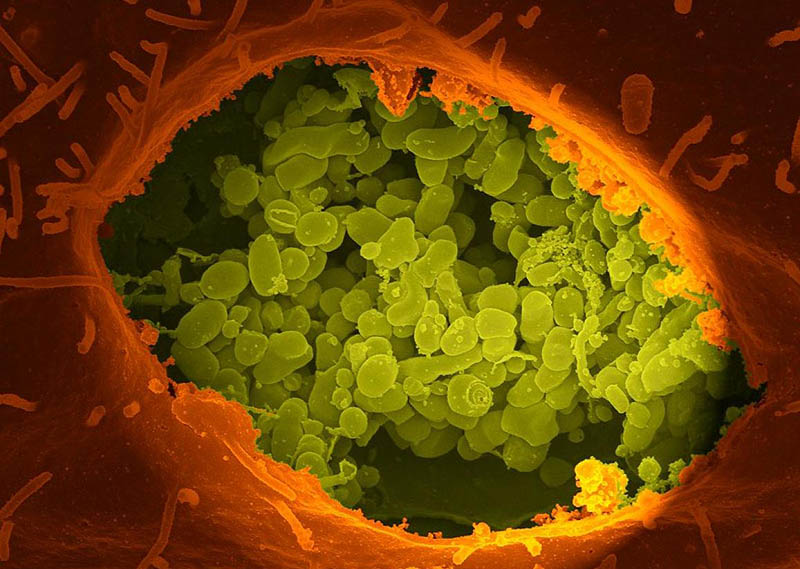Researchers create safer form of Coxiella burnetii for scientific use
Scientists have unexpectedly discovered that the weakened form of the bacteria Coxiella burnetii (C. burnetii) not typically known to cause disease, naturally acquired an ability to do so. C. burnetii causes Q Fever in humans and its weakened forms are those used for scientific purposes. Subsequently, the scientists identified the genetic mutation responsible for the increased ability to cause disease (virulence) and created a form of the bacteria without the genetic flaw that could safely be used for research. The study, by scientists at the National Institute of Allergy and Infectious Diseases (NIAID), part of the National Institutes of Health and collaborators at Washington State University and Northern Arizona University, is published in Nature Communications.
C. burnetti naturally infects livestock, including goats, sheep and cattle. The bacterium causes Q Fever, a rare human disease with fewer than 1,000 cases annually reported in the United States. Individuals at highest risk for C. burnetii infection include farmers, veterinarians and animal researchers as infection is caused by breathing dust contaminated by infected animal products, such as feces, urine, milk, and birth products. Q Fever is characterized by mild-to-severe flu-like symptoms and can be treated with antibiotics. Those who develop severe disease may experience infection of the lungs (pneumonia) or liver (hepatitis). A small percentage of people (fewer than 5 out of 100) who are infected develop a more serious infection called chronic Q fever, which develops months or years following the initial infection. This condition requires months of antibiotic treatment and can result in death.

A dry fracture of a Vero cell exposing the contents of a vacuole where Coxiella burnetii are busy growing.
This page was last updated on Thursday, January 25, 2024